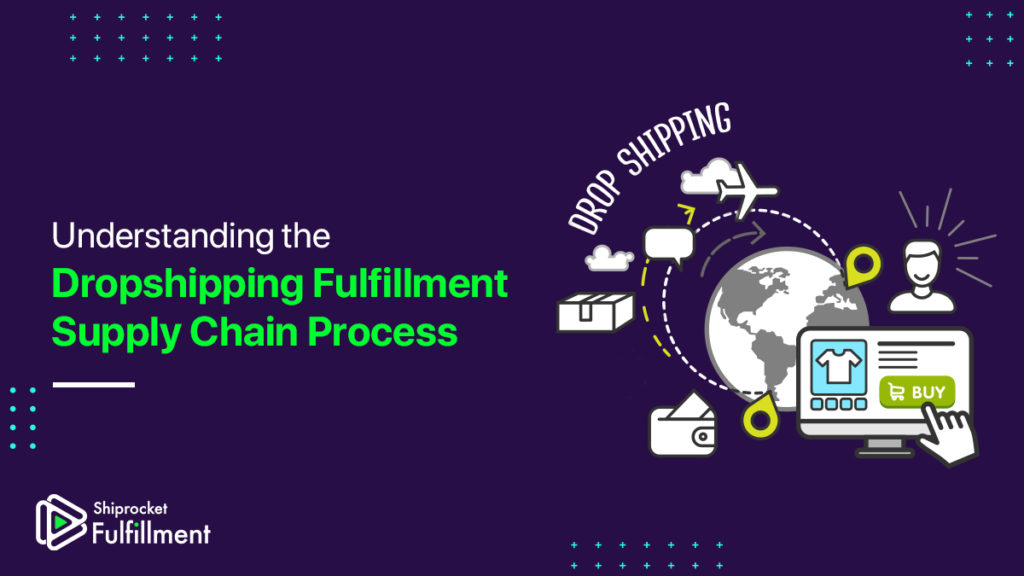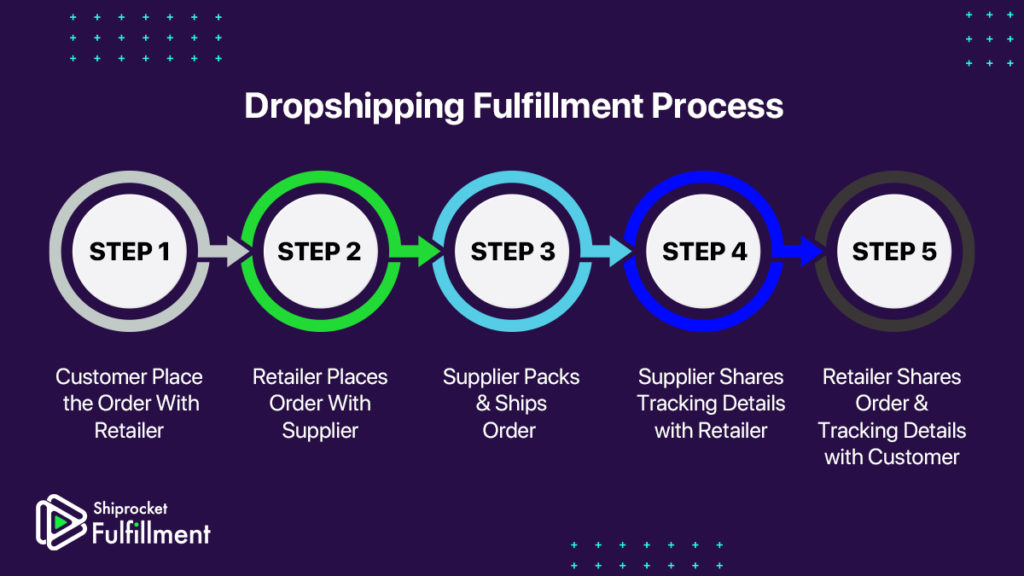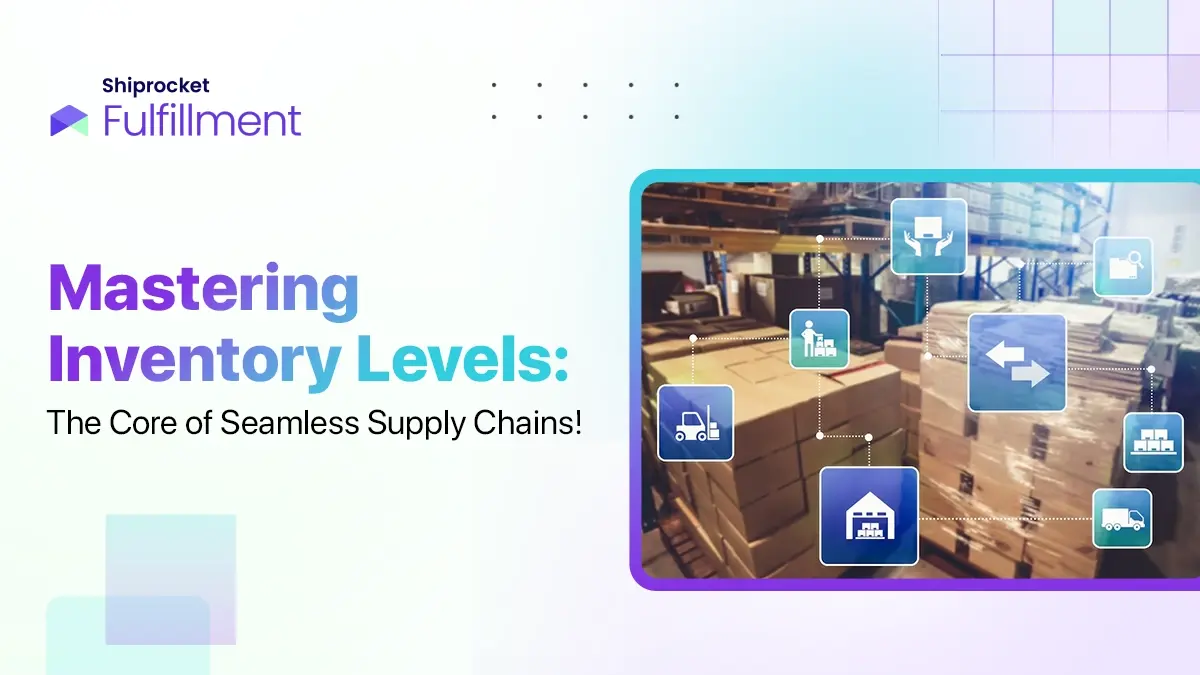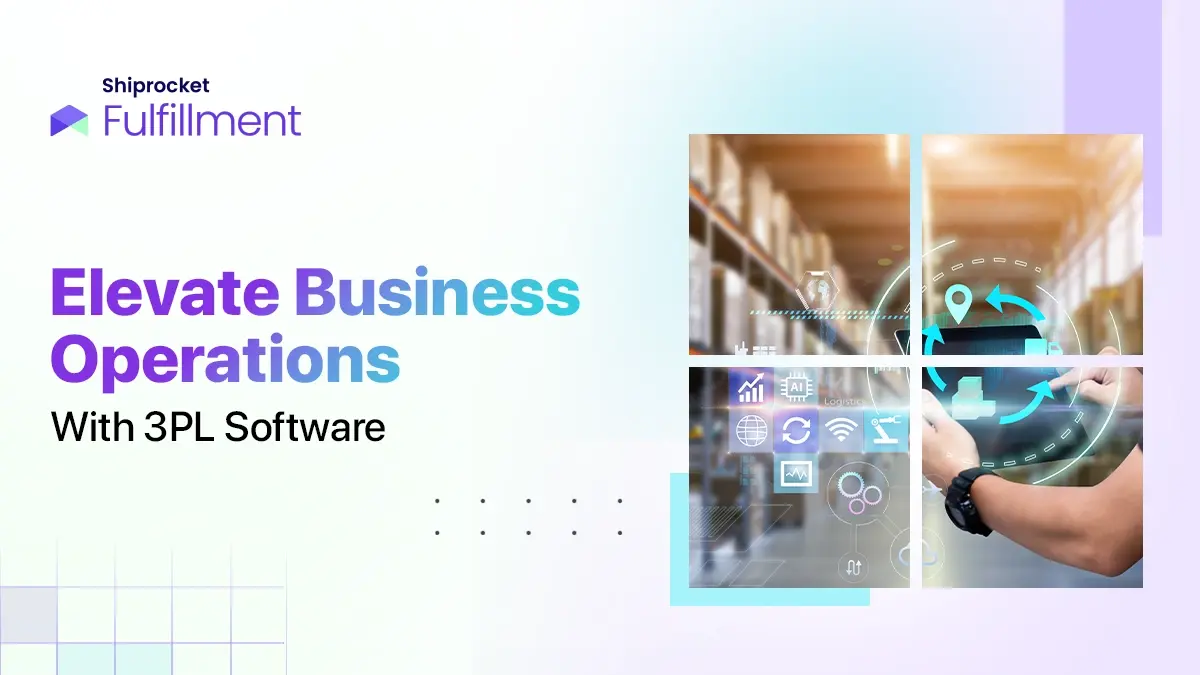According to a report by marketdataforecast.com, the size of the global dropshipping market was estimated at 111.28 billion dollars in two thousand and eighteen. This number is said to record a CAGR of around 29% from 2020 to 2025.

Dropshipping is turning out to be a very successful business model for e-commerce. It has already been shown to be quite an advantage for sellers who are just starting and want to experiment in the domain without investing a lot in storing inventory.
But what exactly is dropshipping, and what is the supply chain associated with the fulfillment process? Let’s have a look.
What is Dropshipping?
Dropshipping is a popular retail business model where the seller does not host any inventory. The seller only accepts customers’ orders and processes them directly from the supplier once they receive an order. It is the responsibility of the manufacturer or supplier to deliver products to the customer.
For example, you have a website that sells sunglasses. If you do not store an inventory of these sunglasses and instead ask your supplier to ship them directly to the customer, then you are a dropshipper.
Who is Involved in the Process?
As understood by the definition, there are two critical stakeholders involved in the process of dropshipping. Let’s have a look at who these stakeholders can be.

Third-Party Suppliers
Manufacturers
Manufacturers are entities that do not sell the product directly to the customer. They are the ones who create the product in bulk and sell it further to wholesalers or retailers. In most cases, manufacturers do not directly sell to customers. They have tie-ups with several companies that source their products. Since the production is in bulk, they prefer selling larger quantities. Manufacturers are the stakeholders that ship the final product to the customer. In other words, they can be the third-party suppliers for retail drop shippers.
Wholesalers
Wholesalers are sellers who purchase products in bulk and further sell them to retailers and small shop owners. Wholesalers usually operate in a niche and hold products from one category specifically. So, retailers typically have to tie-up with multiple wholesalers for different product categories in a dropshipping business. Usually, wholesalers sell only to retailers and not directly to the general public. They, too, stock products in massive amounts and have fixed deals with retailers for outsourcing their products.
Retailers
The next stakeholder in a dropshipping business is the retailer. This is the entity that is the face of the company. In simple words, a retailer showcases the products but does not take the responsibility of storing and shipping them. Retailers usually have their store or e-commerce website where they display and market the products, take incoming orders, and dropship them with a third-party supplier.
The Dropshipping Fulfillment Process
By understanding the definition and the role of stakeholders in the dropshipping free payment supply chain, it is safe to say that dropshipping is a service that your third-party supplier provides to you. Therefore, it is essential that you tie-up with the best and the most reliable suppliers to get the best prices and the best service. The service your dropshipping partner provides Will directly reflect on your brand. Therefore, it is essential to maintain a stable supply chain process and efficient communication between the two parties to ensure that customer satisfaction and operations are not affected in any way.
Let’s have a look at how the dropshipping fulfillment process works-

1. Customer Places the Order With Retailer
The retailer has an outlet in the form of a website or a store where the customer can place an order. The customer places an order for the required items along with the quantity. This order is generated by the retailer, who then takes care of the rest of the process.
2. Retailer Places Order With Supplier
The retailer then takes the total amount of orders for a day or a week and shares it with the third-party supplier that is a manufacturer or a wholesaler.
3. Supplier Packs & Ships Order
This third-party supplier takes in the bulk orders, packs them, and then ships them with suitable courier partners or shipping companies.
4. Supplier Shares Tracking Details with Retailer
The supplier then shares tracking details with the retailer. These contain the estimated delivery date, order details, etc.
5. Retailer Shares Order & Tracking Details with Customer
Finally, the customer shares the order details along with the tracking information with the customer.

Try Shiprocket for Dropshipping Fulfillment
Suppose you are a wholesaler or a manufacturer who does not have a storage space to house inventory. In that case, you can make use of the multiple fulfillment centers provided by Shiprocket Fulfillment. Shiprocket Fulfillment has fulfillment centers across India in cities like Delhi, Kolkata, Mumbai, Gurugram, and Bengaluru. Once you store your products with Shiprocket Fulfilment, we can take care of all your incoming orders and ensure they deliver to the customers as quickly as possible. You also get the advantage of storing your products closer to end customers, and this can give your wholesale business a competitive edge when dropshipping.
Along with this, you can reduce shipping costs, ship with multiple courier partners, get the best packaging and processing services, reduce weight discrepancies, and deliver orders to 2X faster. Overall, you can provide customers with a mind-blowing delivery experience and improve your retailer’s brand’s quality. This can also give you a chance to tie-up with several retailers and opt for dropshipping with them.
Conclusion
The dropshipping fulfillment supply chain can be tricky if each stakeholder’s role is not taken into account. Since this fulfillment strategy requires a lot of two and fro between various stakeholders, it is essential to use automation and technology to ensure that the correct information is communicated at all points. If all these things are kept in mind, dropshipping can turn out to be a lucrative business for third-party suppliers like manufacturers and wholesalers and also for retailers. It can be extremely lucrative for young individuals who are just starting their business and are not looking to house and invest in expensive inventory.










